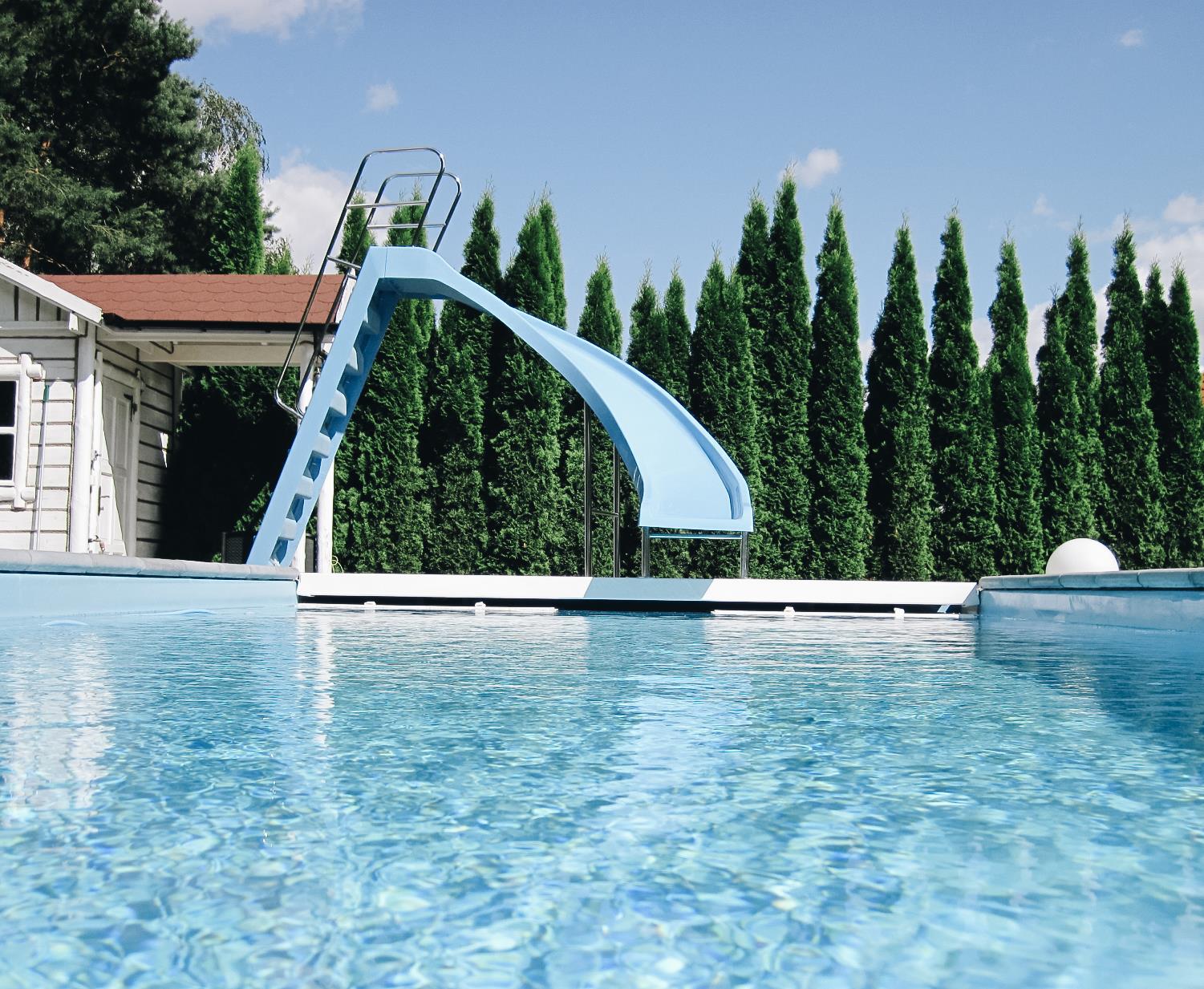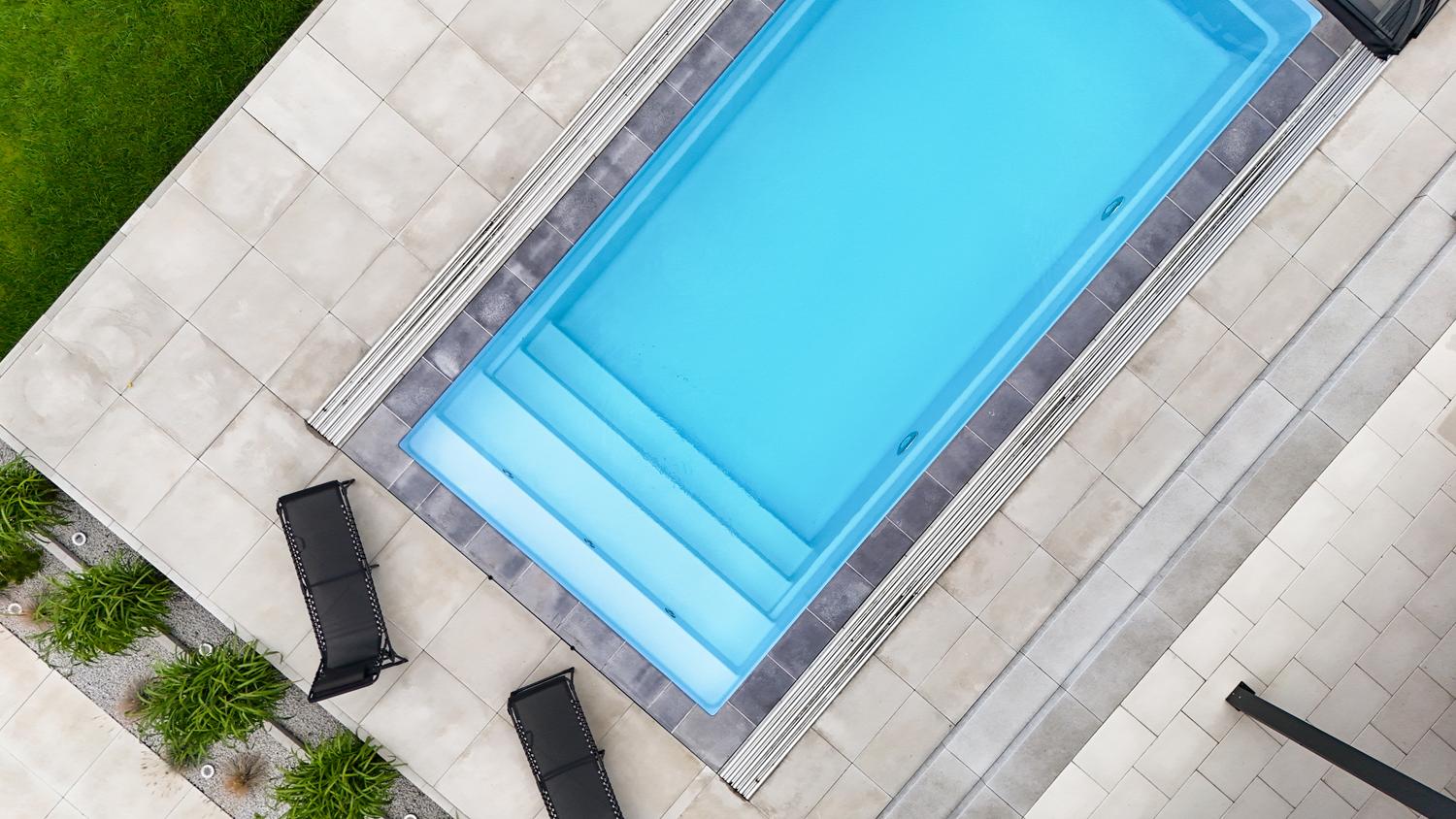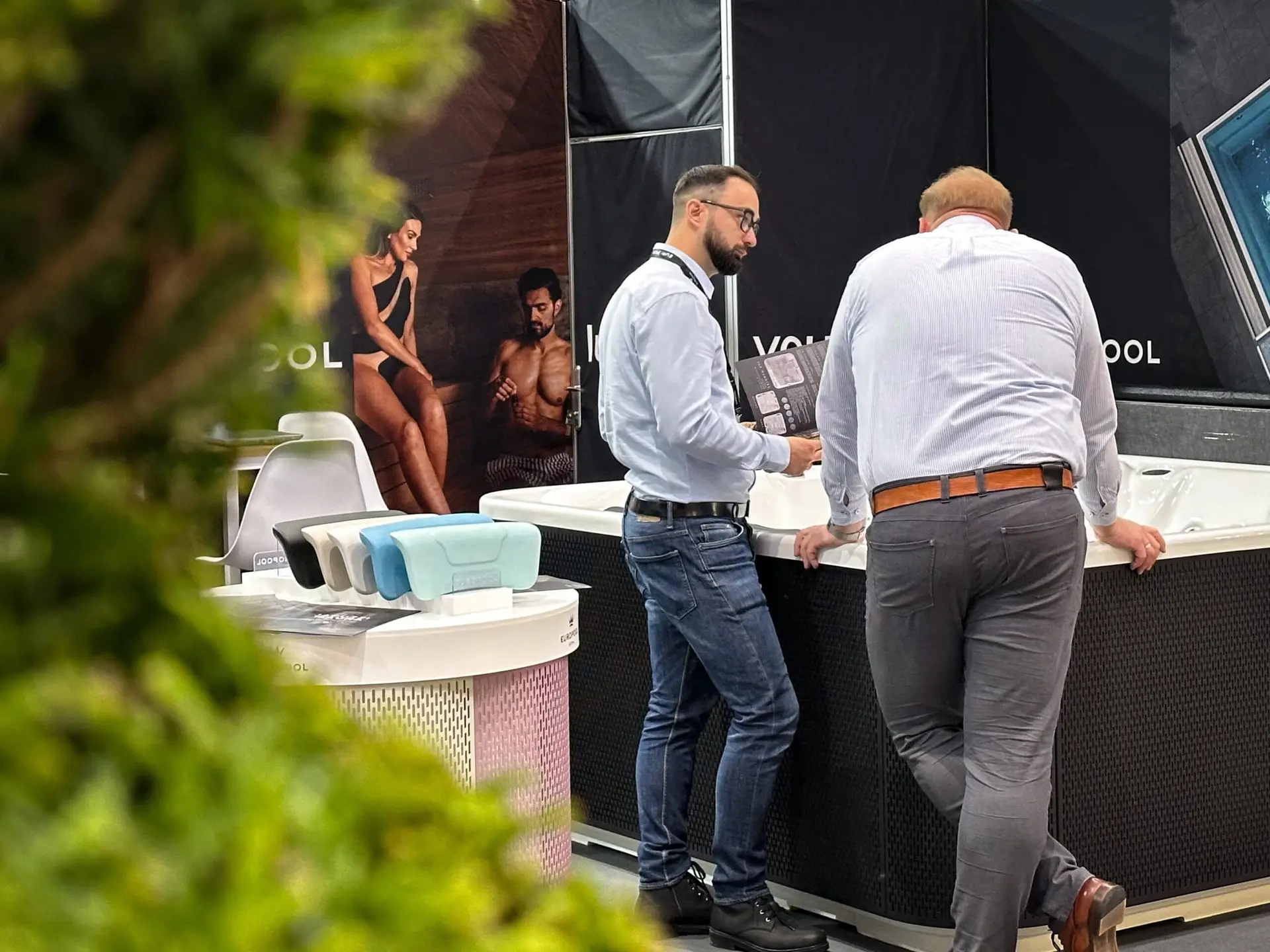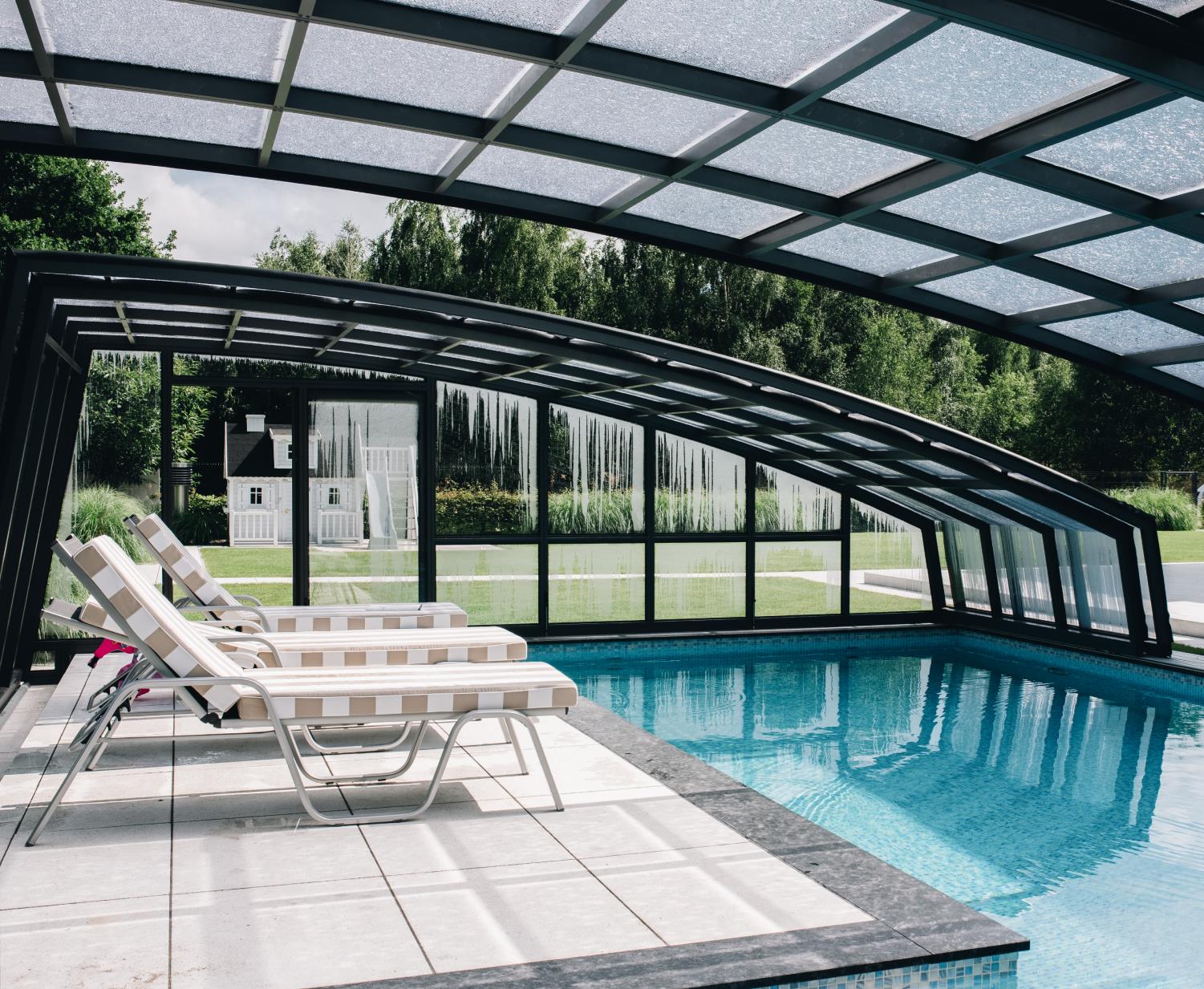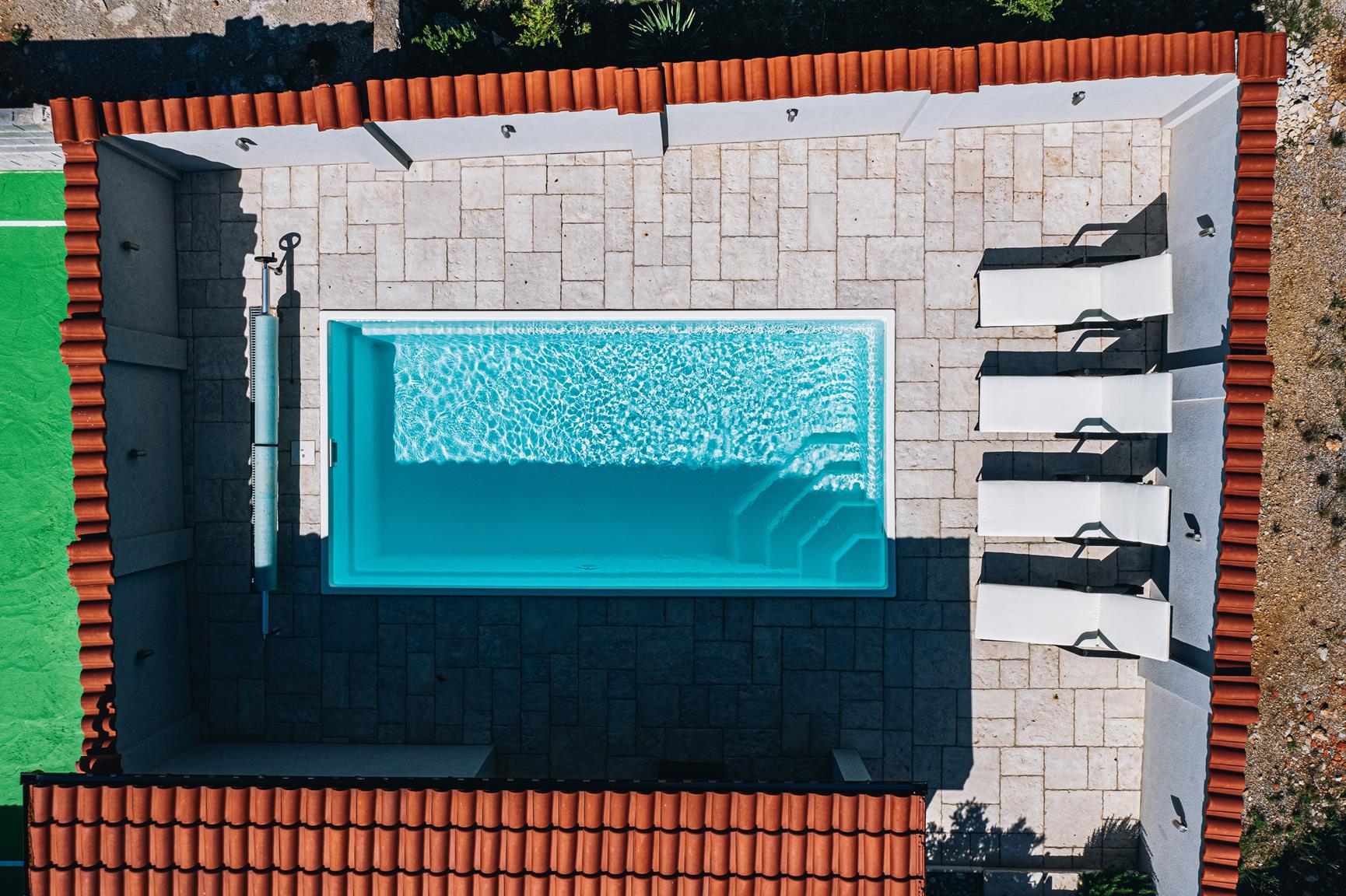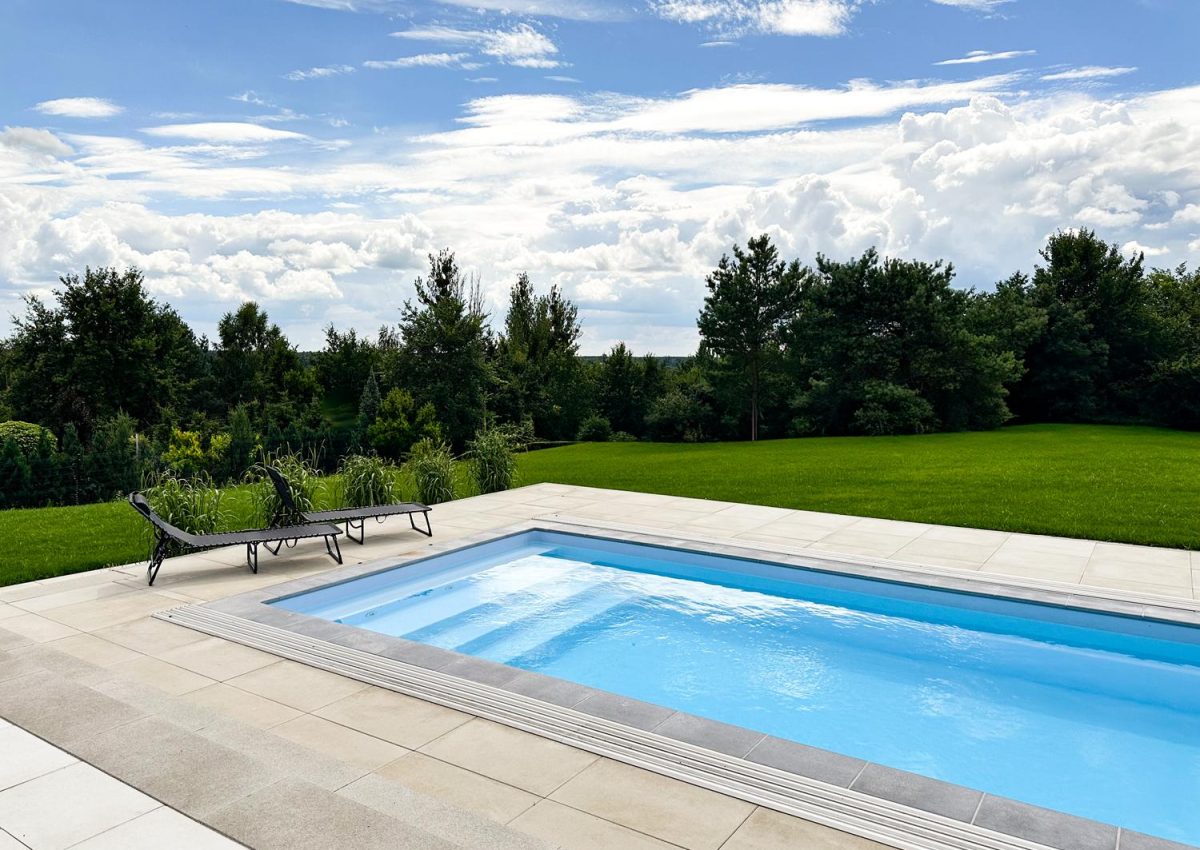
Keeping your pool in perfect condition all year round is not just about aesthetics. It’s about user comfort, the health of swimmers, and extending the life of the entire installation. Pool owners who follow a clear maintenance schedule spend less on chemicals, avoid costly repairs, and enjoy crystal-clear water throughout the season.
Below is a calendar based on the experience of Europool, a company with years of expertise in installing and servicing garden pools.
The better you care for your pool, the longer it will last! Pools we installed over 15 years ago are still in excellent condition thanks to proper maintenance. A schedule offers:
Less stress – you know exactly what to do and when.
Savings – planned maintenance reduces chemical use and repair costs.
Safety – clean water means no risk of infections or skin irritation.
Longer equipment life – regular checks prevent breakdowns.
Uncovering and cleaning the pool:
Remove the cover and clean off leaves and debris before storing.
Check the waterline; remove deposits with a sponge or pool-cleaning chemicals.
Checking the installation:
Inspect seals, connections, and pump condition.
Open protective plugs in the skimmer and return inlets.
First pump start-up:
Fill the pool to ⅔ of the skimmer’s height.
Backwash the filter and start circulation.
Post-winter water parameters:
pH: 7.2–7.6
Free chlorine: 1–3 ppm
Alkalinity: 80–120 ppm
Calcium hardness: 200–400 ppm
Chemicals:
Shock chlorine: 150–200 g per 10 m³
Algaecide: 100–200 ml per 10 m³
Daily:
Remove leaves with a skimmer net.
Check water level and pump operation.
Weekly:
Test pH and chlorine.
Add chlorine tablets: 1 × 200 g per 40–50 m³ every 8–14 days.
Algaecide: 10–20 ml per 10 m³.
Vacuum walls and floor.
Beware of green water:
When chlorine drops or pH rises, algae will appear.
Reaction: Shock chlorine, algaecide, cleaning, 48–72 h of continuous filtration.
Clean the pool and installation.
Lower water level 5–15 cm below return inlets and skimmer.
Balance water parameters: pH 7.2–7.6.
Shock chlorine + algaecide.
Protect installation – plugs in skimmer and inlets.
Cover the pool with a winter cover.
Regularly check the cover’s condition.
Remove snow to avoid overloading.
Monitor water level; top up slightly if evaporation occurs.
During the swimming season, pool care is simple, especially with an automatic dosing station or ionizer. Summer maintenance takes little time, and with our guides and service tips, you’ll manage without issues.
For winterizing and spring start-up, we offer tailored service:
Professional cleaning and start-up after winter.
Full winterizing – from draining water to securing with a cover.
Simply contact your sales representative or our service department to book a date.
How much to lower the water before winter?
5–15 cm below the lowest inlet or skimmer edge.
How often to test water in summer?
At least once a week; in heat waves, every 2–3 days.
What to do when water turns green?
Immediate shock chlorine, algaecide, cleaning, and 48–72 h of filtration.
Can you leave water in the pool over winter?
Yes, if you lower the level and protect the installation.

Are you considering buying a swimming pool? Or do you already have one in your garden? Our newsletter is your source for interesting facts, discounts, and practical pool tips!
